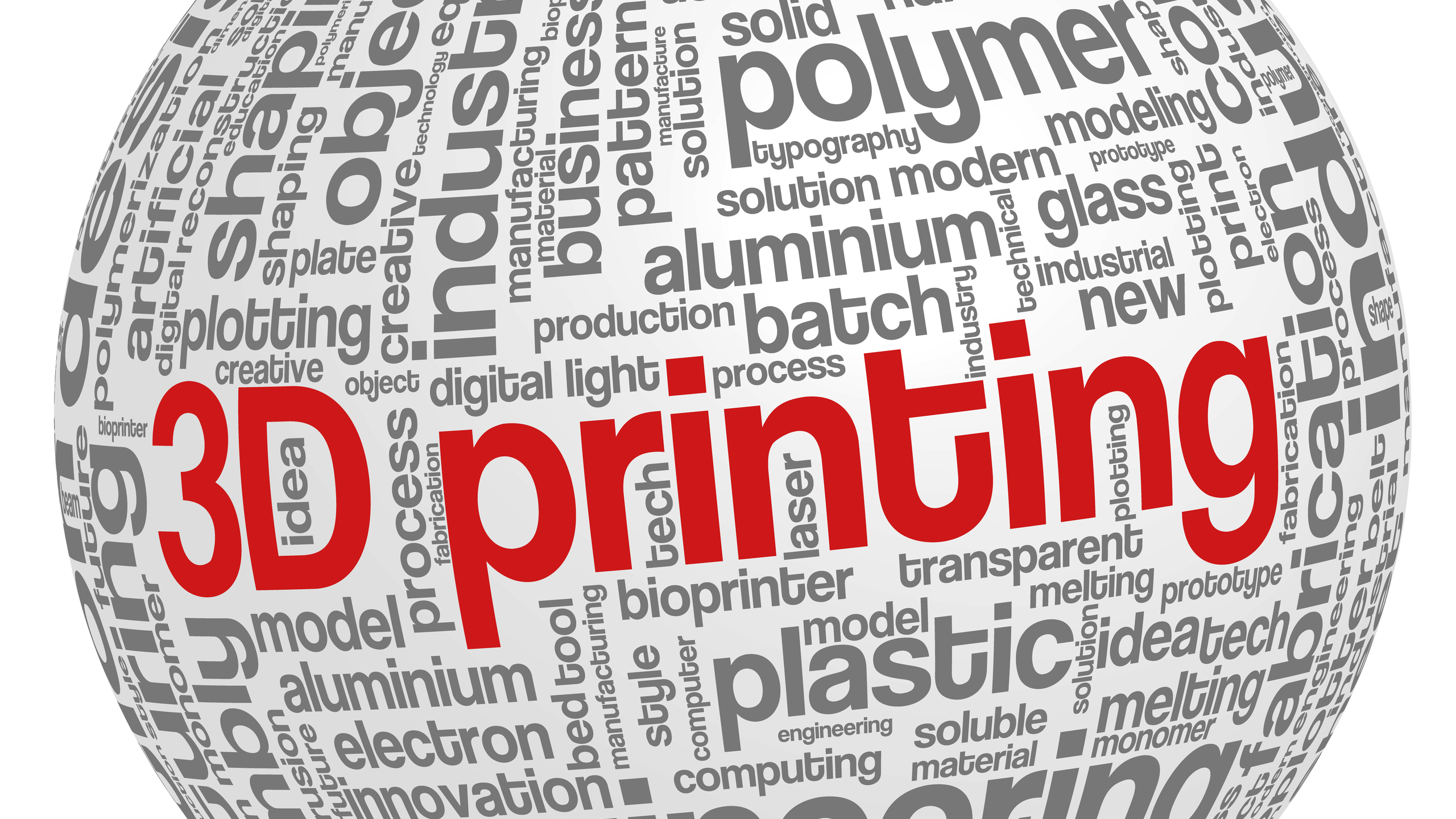INTERESTING FACTS ABOUT 3D PRINTING WITH QUARTZ SAND
The fact that even a supposedly "soft" material like quartz sand can be processed in 3D printing is probably still largely unknown. The possibilities of this material are of great importance, especially in the industrial sector, but also for design objects. We would like to give you an understanding of quartz sand and its possibilities in 3D printing today.
Quartz sand as a material
As a raw material, quartz sand is available on earth in almost unlimited quantities. The material is obtained by mining geologically young or very young loose sediments. After the USA (25%) and Slovenia (11%), Germany has the third largest share in global quartz sand extraction, at around 8%. Important production areas are located in south-eastern Lower Saxony (Uhry) and in the M?nsterland (Haltern am See).
Quartz sand in 3D printing: The FDB process
The 3D print processing of quartz sand is carried out using the Furan Direct Binding (FDB) process. Here the 3D printer applies a particle material (in this case quartz sand) in 80-400 ?m thin layers to its construction surface (the printing plate), where a high-resolution print head prints and bonds this layer punctually according to the structure defined in the 3D files. This process is repeated until the height of the desired model is reached.
The FDB process was developed at the Chair of Fine Toolmaking at the Technical University of Munich in the years 1995-98, starting with the drop dosing of UV-curing adhesives. This was followed in 1996/97 by the drawer project "Generation of 3D Structures", which earned the chair the prize in the first Munich Business Plan Competition. Finally, in 1998 the 3D printing of the first sand moulds was successful. In the same year the chair received the patent for the FDB process.
Fields of application for quartz sand from 3D printing
A classic application for 3D printing with quartz sand is still the production of sand moulds, especially for grey and steel casting. In addition, these sand moulds are also used to produce castable metals such as aluminium, brass or magnesium.

Shorter production times, less rework and better surface quality.
Since the 3D printing of sand moulds has become a standard feature of industrial production, especially in the years 2011-2013, it has been possible to significantly reduce production times. In addition, sand moulds from the 3D printer have even more advantages over those from conventional production. The additive manufacturing process requires less post-processing, while at the same time improving the surface quality of the raw castings.
Is quartz sand not the right material or FDB not the right 3D printing technology for you?
Here you can download an overview of the most commonly used 3D printing technologies and the materials used. Maybe the right solution for you?
Try us out ! Click here to go to the online shop.

